What’s Happening Here?
Let's start this newsletter of with a diagnostic challenge for you to contemplate as you're reading. Take a look at this image.
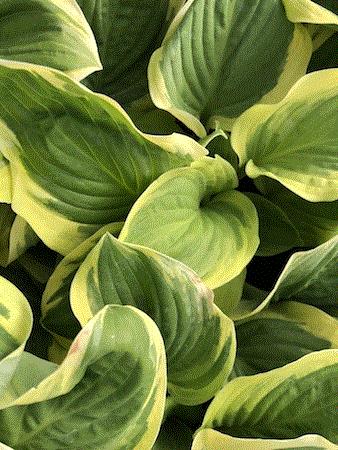
If you’ve grown or been around hostas, I’m sure you’ve likely seen this happen to the leaves. It commonly occurs in the late spring or early summer—especially when grown in containers. I bet you already know what it is (are you sure?). Read on to see if you nailed this diagnosis.
A Few Recent Introductions
Agastache Acapulco Deluxe Salmon & Pink
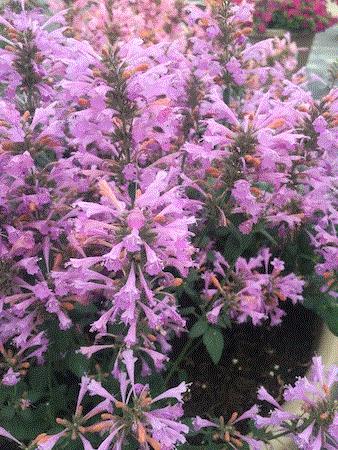
With all the buzz around bringing pollinators into the landscape, plants like Acapulco Deluxe Salmon & Pink from Green Fuse Botanicals earns four gold stars. Perhaps the secret to success starts with its pleasant mint-scented foliage, but it truly reveals itself with the profusion of bi-colored orange and pink flowers it constantly produces. Hummingbirds can’t resist the colorful, tubular blooms and are frequent visitors. This great Zone 5 perennial grows to 12 in. in height and brings lots of color, not to mention all the awesome pollinators into the landscape. Be sure to try Acapulco Deluxe Salmon & Pink and see what all the buzz is about.
Caladium Red Glamour
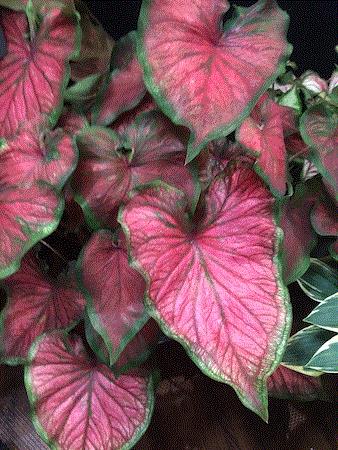
Many things likely come to your mind when you think of glamour. Have you ever taken the time to think about what the word means? According to Merriam-Webster, glamour is “an exciting and often illusory and romantic attractiveness.” Allow me to introduce you to an exciting, illusory and attractive new caladium introduction from Classic Caladiums very own President, Dr. Robert Hartman. Allow me to introduce you to Red Glamour.
Red Glamour has attractive dark red pink to salmon leaves with dark green and red mottled veins and distinctive dark green borders. It’s absolutely stunning. This tough new caladium grows 12- to 24-in. tall and is a great variety for containers or for any sunny spot in the landscape. Although not much of a perennial in most places (Zone 10), it’s definitely worth enjoying as it dresses up its surroundings.
Coreopsis Curry Up
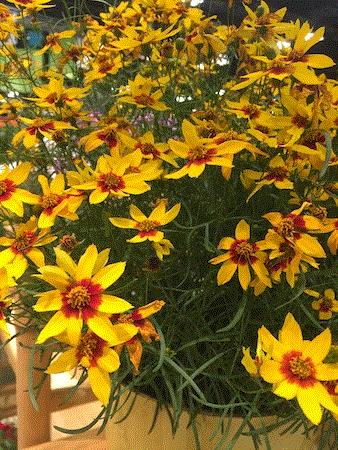
Curry Up is sure to brighten and spice up any retail shelf, container or landscape. Perhaps that’s how Curry Up landed itself in the Sizzle and Spice line of hybrid threadleaf coreopsis from Walters Gardens. With its abundance of 1.5-in. wide golden yellow flowers with clear, dark red eyes, Curry Up is an eye-catcher for sure. This Zone 5 coreopsis has a nice compact rounded habit reaching 15 to 18 in. in height by 22 to 26 in. across. Curry Up and add some Sizzle and Spice to your perennial product line.

Spring Trials
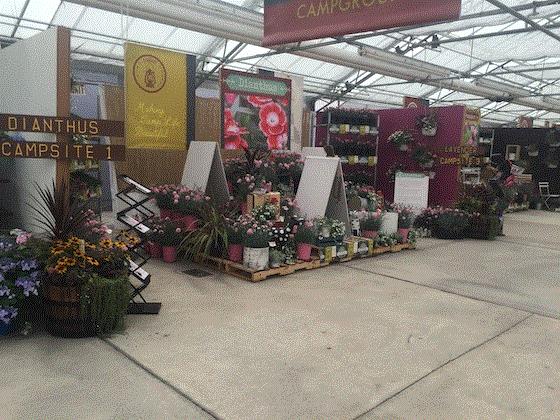
2017 Spring Trials at PP&L
Speaking of recent introductions, this is your last call to plan your trip to attend the 2018 California Spring Trials. The trials are being held from Saturday, April 14 to Thursday, April 19, 2018. Come see the debut of numerous new perennials (along with a few annuals) as they take the spotlight at various trial locations across Central and Northern California.
You’ll see the hottest new perennials from the likes of great companies including Darwin Perennials, Dümmen Orange, Green Fuse Botanicals, Kieft Seed, Pacific Plug & Liner, Plant Haven, Proven Winners, Star Roses and Plants, Syngenta Flowers, and Terra Nova. You can view the complete listing of participants, obtain relevant contacts, travel tips and more by visiting Ball Publishing's very own Spring Trials website: www.springtrials.com.
I’ll be attending and hope to see you there. Be on the lookout for my Spring Trials coverage beginning in late April.
Dramm's New Cold Fogger

Check out this new pneumatic cold fogger from Dramm. The PulsFOG Turbo ULV Cold Fogger propels fine droplets great distances (25 to 75 ft.—depending on the nozzle and particle sizes) providing excellent coverage across the entire application area.
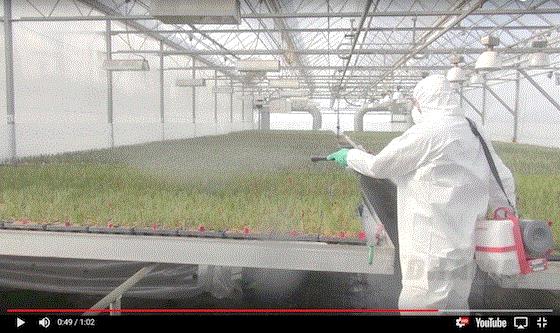
Click the image above to see the Turbo ULV in action.
This ultra-low volume fogger is ideal for delivering insecticides, fungicides and disinfectants to ornamental crops. Since this unit is a cold fogger, it can be used to deliver biorational products as well.
Click here for more information.
The Answer is …
To refresh your memory, here’s the image I shared at the top of the newsletter.
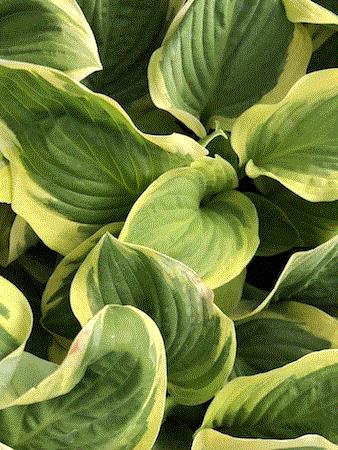
First, you must ask yourself, “Was this a trick question?” After all, you answered it in your head very quickly and you seem confident in your response. Perhaps too confident. Is that the case? Here's a couple more examples to let this stew in your brain just a moment or two longer.
If you think these symptoms are due to sunscald, you’re only partially right. If your answer is leaf scorch, you absolutely nailed it. Good job!
What’s the Difference?
Many growers assume that leaf scorch and sunscald on hosta are the same. Although the symptoms may appear similar, there are subtle differences between what causes them.
Leaf scorch is a water-relations issue; it’s commonly caused by some type of water stress. For example, a spring-planted hosta often flushes a large amount of foliage before developing an adequate root system to support this top growth—when this occurs leaf scorch commonly occurs.
It can also occur under drought-like conditions or when plants with inadequate root systems are exposed to high-light intensities. Leaf scorch commonly occurs when a bright, sunny day follows a period of dull, cloudy weather conditions.
Sunscald on the other hand occurs under high-light intensities regardless of the health or size of the root system. Leaf scorch usually occurs earlier in the season than sun scorch.
Plants with underdeveloped root systems should be grown under lower light intensities than those with fully developed roots. At the very least, provide shade during the times of the day the light levels are at their highest. The time of the year to consistently provide shade to hosta varies slightly from year to year and by geographic location. Providing 35% to 50% shade by late April or early May works for most growers.




Thanks for reading this edition of Perennial Pulse.
Feel free to drop me a line from time to time to give me a status report or to let me know what challenges you're facing. Also, I'm always interested in learning what you'd like to read about in a future Perennial Pulse.
My email is ppilon@ballpublishing.com.
Best regards,
Paul Pilon
Editor-at-Large
Perennial Pulse
This email was received by you and over 33,582 subscribers!
If you're interested in advertising in Perennial Pulse, contact Kim Brown ASAP and she'll hook you up.